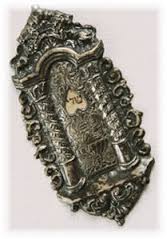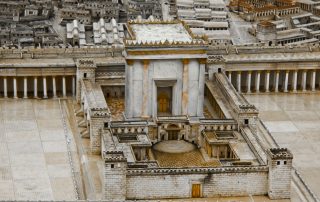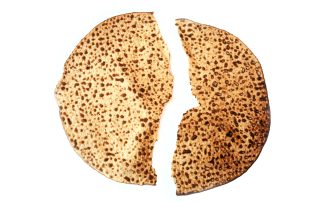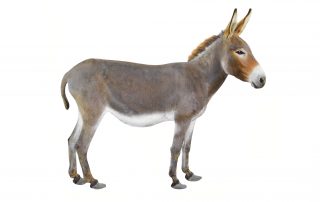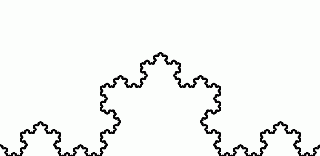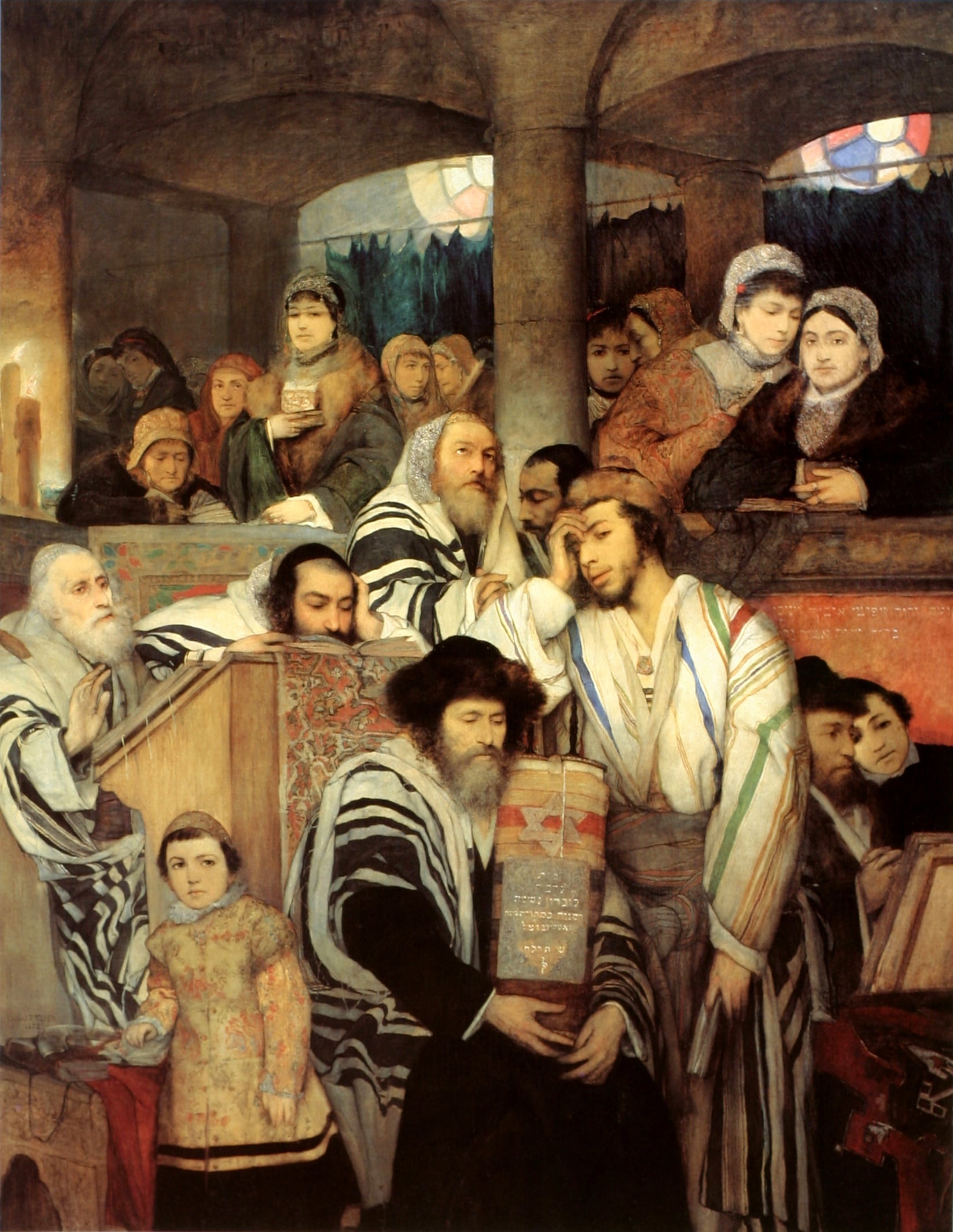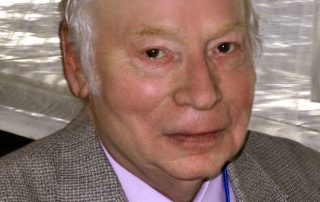The Captive Beauty
In the proposed allegorical interpretation, the soldier in the war is a metaphor for the Jewish people, who are all “soldiers” in G‑d’s army Tzivot Hashem, who fight the battle against evil to liberate and elevate fallen sparks from Tohu; where the beautiful woman from another nation is a metaphor for a fallen spark from another universe (Tohu), where the uncontrollable attraction the soldier feels towards the beautiful captive is a metaphor for the uncontrollable attraction a Jewish person (who is attuned to spirituality) feels towards divine sparks he is destined to redeem; where after having extracted the fallen spark from the clutches of evil, it requires a period of purification to achieve the ultimate marriage—the reintegration of the fallen spark into the domain of holiness.

